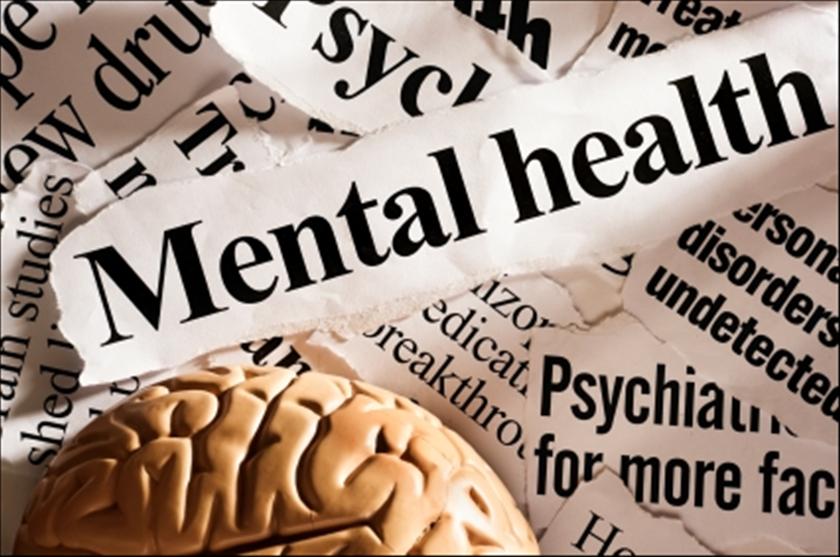Guide to Mental Illness
Mental health refers to our psychological, social and emotional health. Mental health affects the way one thinks, feels and behaves. It is normal for our emotional well-being to change due to positive or negative life events. Positive events, such as winning the lottery may cause happiness or feelings of joy. Negative things, like losing a loved one, may trigger feelings of sadness or anxiety. These changes are usually temporary.
Mental illness, on the other hand, involves persistent changes in emotions, thoughts and behavior. Mental illness is more than just a temporary change in emotional well-being. Mental illnesses affect a person’s ability to cope with day-to-day life and to relate to others. People that suffer from mental illness often have difficulty in their employment, school, social relationships and other important areas of life.
What Causes Mental Illness?
The cause of mental illness varies. There are more than 200 different mental illness and they each have different causes, symptoms and prognoses. Research suggests that, in most cases, mental illness is brought on by varying factors, including environmental stressors, genetics, brain structure and lifestyle choices. Traumatic events, such as being the victim of a crime, makes one more susceptible to mental illness, but not everyone who is the victim of a violent crime will go on to develop mental health problems. It is likely these stressors, combined with other factors, that makes one more susceptible.
How Common Is Mental Illness?
According to National Alliance on Mental Illness, one out of every five adults experiences a mental health problem each year. Serious or chronic mental illness, such as bipolar or schizophrenia, affects one out of every 17 persons. Most serious mental health problems began by the teen or early adult years.
What Are the Different Types of Mental Health Conditions?
Depression
Depression occurs when someone experiences feelings of sadness or irritation for periods longer than a couple of weeks. Depression is more than just feeling sad. Everyone has normal sadness from time to time. Depression interferes with one’s ability to go to school or work. Here are some of the common symptoms of depression:
- Depressed or sad mood
- Changes in eating or sleeping patterns
- Feelings of hopelessness
- Lack of energy
- Trouble concentrating
Bipolar Disorder
Bipolar disorder causes dramatics shifts in a person’s mood, from feeling overly high to extremely sad or irritated. It interferes with one’s ability to think clearly. Common symptoms of bipolar disorder include:
- Distinct periods of depressed mood
- Mania symptoms, such as excessive happiness, excitement, pressured speech
Anxiety Disorders
Anxiety is normal, but when the worry becomes difficult to control, it may be an anxiety disorder. Here are some of the most common symptoms of an anxiety disorder:
- Persistent worry
- Restlessness
- Irritability
- Trouble concentrating
- Racing heart
- Frequent physical symptoms like stomach pain
Schizophrenia
Schizophrenia is a psychotic disorder. Often people with schizophrenia lose touch with reality. They may hear and see things that are not really there or believe that others are out to harm them. Other symptoms include disordered behavior and thoughts.
Borderline Personality Disorder
This serious mental disorder causes mood swings, instability in relationships, impulsivity and poor self-image. A person with borderline personality disorder may have periods of severe anger or depression lasting anywhere from a few hours to a few days. They often engage in self-harming behaviors.
Is Recovery Possible?
It is possible to recover from mental illness and enjoy meaningful work, relationships and other things in life. The important thing when it comes to recovery is to get help as soon as you notice the symptoms and to stay involved in your treatment.

